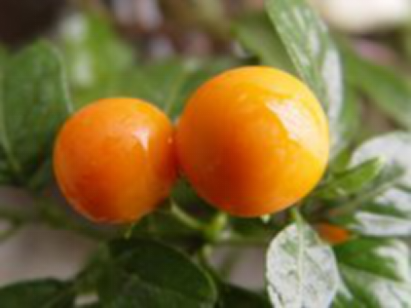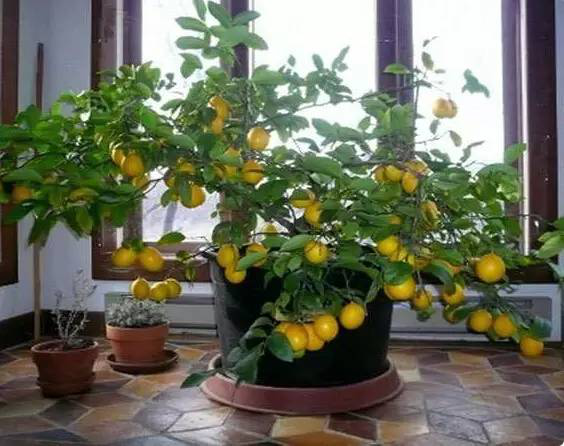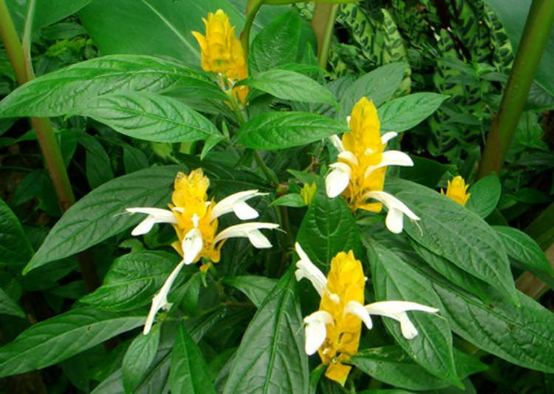Winter coral diseases and insect pests and their control methods
1. Disease.
When planting winter corals, you should pay attention to the fact that winter corals are prone to anthracnose at high temperatures in summer. This disease is usually caused by fungi. From June to July every year, it is not only high temperature, but also rainy, and high humidity in the air. Therefore, winter corals at this time of year are extremely vulnerable to anthracnose.
Prevention and control methods: when planting, choose strong and excellent winter coral, do not plant too close, to maintain ventilation, so that bacteria are not easy to breed. If the winter coral has anthracnose, the infected branches should be cut off and burned in time to prevent the recurrence of infection. At the same time, winter coral plants were sprayed with drugs for control.
2. Insect pests.
Winter corals are most vulnerable to pests are aphids, which will bite the young leaves of winter corals and absorb nutrients from winter corals, thus making winter corals nutritious. If aphids bite the roots of winter corals, it is easy to cause winter corals to die. Therefore, when cultivating winter coral, we should pay attention to check whether the winter coral plants have black or green aphids. Once found, we should immediately spray insecticides to prevent the spread of insect pests.

Prevention and control of winter coral diseases and insect pests
Potted winter corals are easy to suffer from anthracnose when they are at high temperature in summer. The symptoms are as follows: it occurs on time slices, the leaves show round disease spots at the initial stage of the disease, from round reddish brown to grayish white, and then turn dark brown and produce black spots arranged in wheels, that is, the conidium disk of the pathogen, the disease occurs at the leaf edge and leaf tip, and when the leaf is serious, the leaf withered and died. The pathogen is fungal disease, the pathogen overwinters with mycelium in parasitic remains or soil, the old leaves begin to occur from late April to early May, the disease is faster from June to July, the disease is more serious in the rainy season, and the new leaves begin to occur in August. If the potted flowers are placed too densely, the leaves cross each other and it is easy to spread the disease, but there are differences in disease resistance among varieties. Control methods: 1, disease control: ① selected disease-resistant varieties. In the early stage of ②, the diseased leaves are cut off and burned in time to prevent the spread of bacteria, avoid being too dense and drenched at the head, and often keep ventilated and transparent. At the initial stage of ③, 50% carbendazim wettable powder was sprayed 700800 times or 75% chlorothalonil 500x. 2. Pest control: in Xizang, winter coral pests are mainly aphids, small, green or black, often clustered on a variety of flower shoots and leaves to suck nutrients. Prevention and treatment: spray with 2000 times of omethoate EC or 1500-2000 times of dichlorvos EC.
Diseases and insect pests of winter corals and their control
Diseases of winter coral and its control
When we plant potted winter corals, pay attention to the high temperature in summer, when winter corals are prone to anthrax, which is caused by fungal infection, and June to July is the rainy season of the year. At this time, the humidity in the air will be very high, and the temperature is relatively high, this environment is very suitable for bacterial growth, so this period is very easy to produce fungal infection.
In order to prevent anthracnose of winter coral, we should choose excellent and robust winter coral plants to grow. Do not place the pot plants of winter coral very tightly. This is not good ventilation, and it is easy to breed bacteria and cause fungal infection. Once anthracnose occurs in the winter coral, the infected branches and leaves of the winter coral should be cut off immediately. It is best to burn the diseased branches to avoid re-infection. At the same time, spray drugs, such as carbendazim, on sick winter corals.
Insect pests of winter corals and their control
Winter corals are generally easy to be harassed by aphids. Aphids mainly eat the tender leaves of winter coral and absorb nutrients from winter coral, resulting in malnutrition of winter coral and death of winter coral if eating the roots of winter coral. When we take care of winter corals, we should pay attention to whether winter corals are infested by aphids. Aphids are very small, usually black or green. When we find similar insects, we should pay attention to them and kill them in time. Aphids generally appear to use common plant insecticides.
- Prev

Treatment of Lemon Leaf loss in potted plants
In view of the above problems, we can appropriately reduce watering, dry and then thoroughly, can spray more water, in the north, we can also pour some acid ferrous solution, and often change the potted soil for potted lemons. If the root rot occurs, the flower bud of the lemon should be wiped off, then the rotten root should be cut off and replanted.
- Next

Matters needing attention in culturing Golden Bract Flower
Golden bract flower is a kind of plant that likes the sun, so it should be bathed in the sun when breeding. If it is cultivated indoors, it is best to put it on the balcony to make it better for photosynthesis. If it is cultivated in the courtyard, try not to put it in the shade. Golden bracts, as a cold-tolerant plant, should be paid special attention in winter.
Related
- Fuxing push coffee new agricultural production and marketing class: lack of small-scale processing plants
- Jujube rice field leisure farm deep ploughing Yilan for five years to create a space for organic food and play
- Nongyu Farm-A trial of organic papaya for brave women with advanced technology
- Four points for attention in the prevention and control of diseases and insect pests of edible fungi
- How to add nutrient solution to Edible Fungi
- Is there any good way to control edible fungus mites?
- Open Inoculation Technology of Edible Fungi
- Is there any clever way to use fertilizer for edible fungus in winter?
- What agents are used to kill the pathogens of edible fungi in the mushroom shed?
- Rapid drying of Edible Fungi

